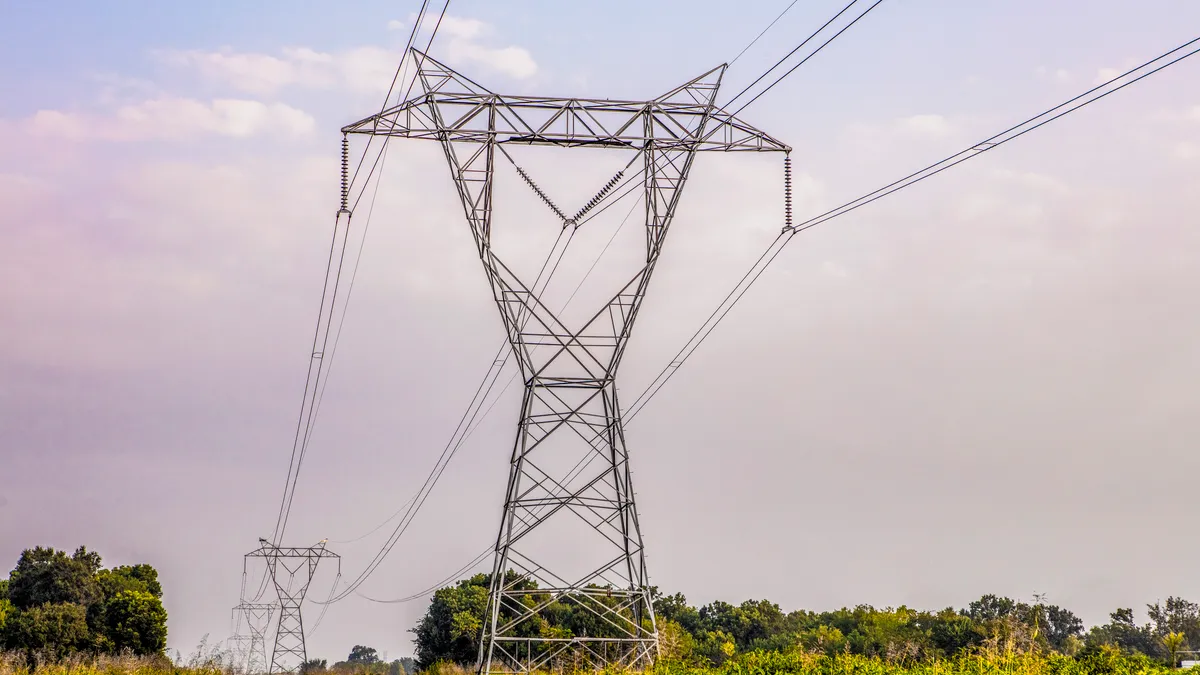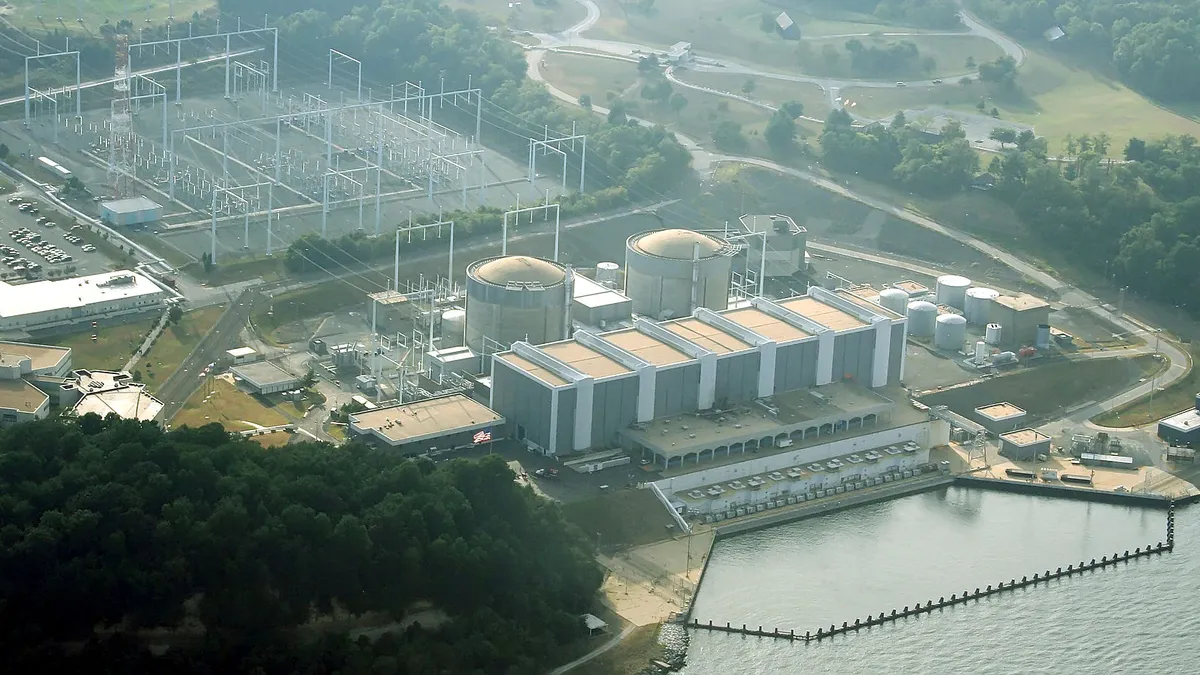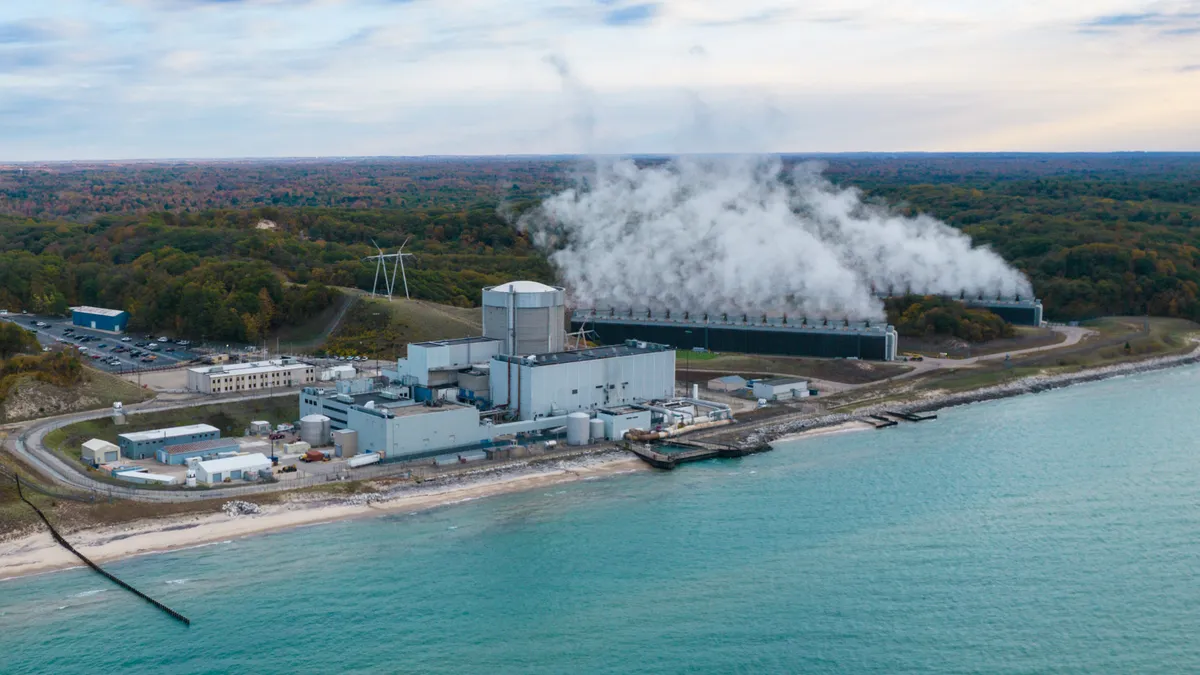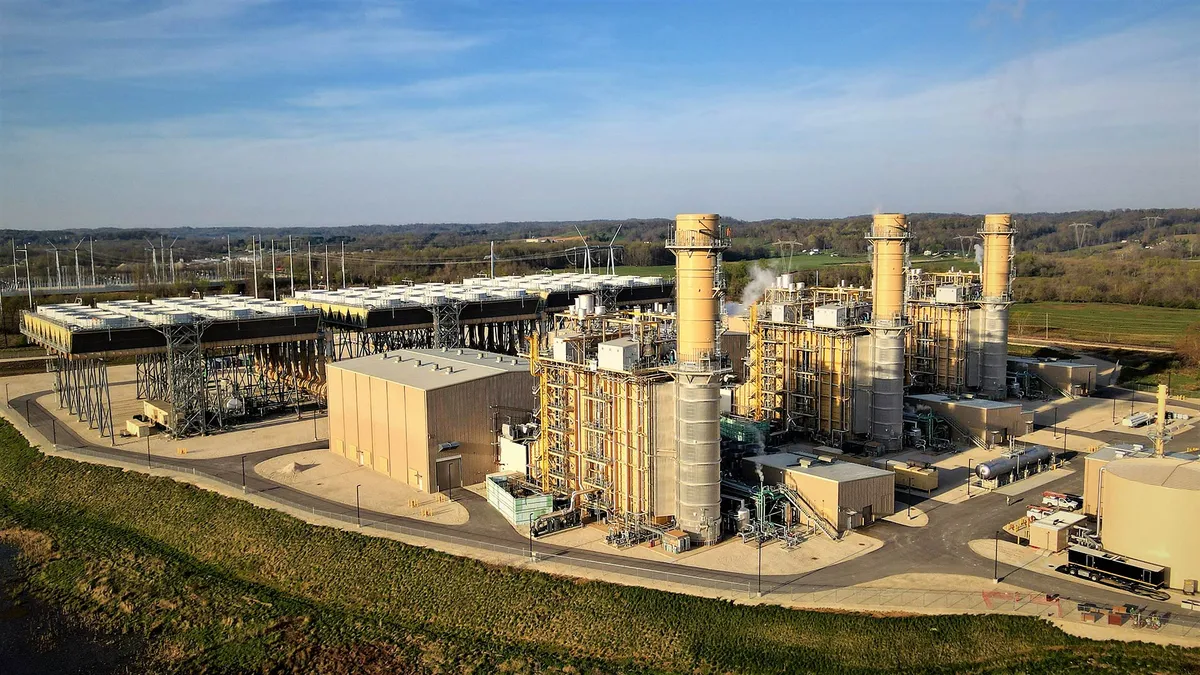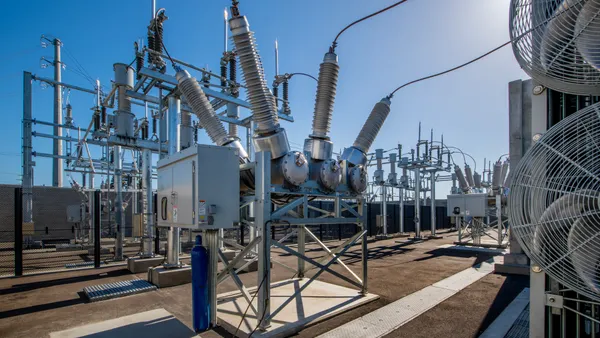The PJM Interconnection’s proposal for a fast-track interconnection review for shovel-ready generation projects sparked a mixed response at the Federal Energy Regulatory Commission, according to Wednesday filings at the agency.
State utility regulators, PJM’s market monitor, the PJM Power Providers Group, or P3, and electric utilities were among the supporters of PJM’s proposed Reliability Resource Initiative. Renewable energy developers, including Invenergy, and advocacy groups, such as the Sierra Club, oppose the grid operator’s plan, partly because they say it could delay pending interconnection reviews.
PJM floated its Reliability Resource Initiative in early October to address potential near-term grid reliability problems. After a fast-track review by stakeholders, who didn’t vote on the initiative, PJM asked FERC in mid-December to approve it by Feb. 11. PJM estimates that its proposal could bring online at least 10 GW of capacity with high effective load carrying capability, or ELCC, ratings by 2028.
Under the plan, PJM would let 50 projects enter an interconnection review process — Transition Cycle 2 — that is set to start early this year. The projects must meet scoring criteria for reliability, viability and availability. About 1,060 projects were eligible to enter Transition Cycle 2 as of mid-December, according to PJM.
The Organization of PJM States, Inc., which represents state utility regulators, supports the initiative.
“While PJM is working towards clearing its interconnection queue backlog, the reality is that resources waiting in line or attempting to respond to high [capacity] price signals cannot get through PJM’s interconnection process in the near term,” OPSI told FERC. “The RRI is a response to these challenges.”
Dominion Energy, East Kentucky Power Cooperative, Exelon, FirstEnergy and PPL Electric also support PJM’s proposal. The utility companies said they were especially concerned that PJM could fall below its 17.8% reserve margin target in 2026 because of power plant retirements, the slow pace of bringing intermittent generation online and load growth.
P3 said the proposal could be improved and that the trade group for power plant owners in PJM didn’t agree with all of PJM’s justifications for it. “However, considering this is a one-time PJM initiative and the need for timely FERC resolution is paramount, the filing is within the zone of just and reasonableness such that it warrants commission approval,” P3 said.
Monitoring Analytics, PJM’s market monitor, also supported the proposal, but said it includes “significant flaws” that could prevent it from reaching its goals. “The PJM proposal does not go far enough given the reliability issues cited at length by PJM,” the market monitor said.
PJM’s eligibility scoring criteria, for example, place undue emphasis on ELCC values instead of dispatchability, which could lead the grid operator to select a battery project over a gas-fired power plant, according to the market monitor.
“PJM states that the goal is to be fuel and technology neutral,” the market monitor said. “That is not the appropriate objective when there are defined differences in reliability and dispatchability across resource types, by fuel and technology.”
Also, instead of selecting 50 projects, PJM should aim for a specific amount of capacity, according to the market monitor.
Initiative faces opposition
The Reliability Resource Initiative also faces wholesale opposition. “The RRI proposal is unduly discriminatory and preferential, as well as in violation of the filed rate doctrine and the prohibition against retroactive ratemaking,” the American Council on Renewable Energy told FERC.
The proposal will likely delay PJM’s efforts to clear its interconnection backlog and add complexity and uncertainty to the interconnection process, according to the trade group. Also, it favors thermal generation, ACORE said. “Certain thermal projects may receive a higher score than other projects with lower individual capacity accreditations that may come on-line more quickly and be more available at critical times,” the trade group said.
Further, the North American Electric Reliability Corp.’s 2024 Long-Term Reliability Assessment projects that PJM’s reserve margin does not fall below the “reference margin level” until 2034, according to ACORE. NERC also said that PJM’s reliability risks tend to occur during extreme cold weather when there is a risk thermal resources will perform poorly, the trade group said.
Invenergy urged FERC to reject PJM’s “counterproductive” proposal, which the company said wouldn’t significantly improve grid reliability this decade. Invenergy said the company relies on “stable and predictable market rules in making billions of dollars in investments, and we are concerned that a rushed, piecemeal approach to policymaking that upends the settled expectations of market participants and key stakeholders will create more problems than it will solve by undermining confidence in the market.”
PJM’s proposal violates the filed rate doctrine by retroactively allowing PJM-selected projects to enter Transition Cycle 2, according to Invenergy. Instead of approving PJM’s plan, FERC should hold a technical conference to develop a solution to address data center load growth and its potential effects on resource adequacy, the Chicago-based company said.
The Sierra Club and Appalachian Voices urged FERC to reject the initiative, saying it violates open access principles, in part by harming projects already in PJM’s interconnection queue. “By picking winners for entry, the RRI will distort the commission-approved price signals that underlie PJM’s capacity market,” the groups said.
Also, two pending PJM proposals dealing with surplus interconnection service and generator replacements could ease the potential reliability issues that the grid operator used to justify its RRI plan, according to the groups.
Analysis by RMI found that additional power supplies from surplus interconnection service and generator replacements as well as PJM’s fast track and transition interconnection cycles can yield enough generation to meet PJM’s capacity needs, the groups said.
AES, RWE Clean Energy and Shell Energy North America also opposed PJM’s plan.








